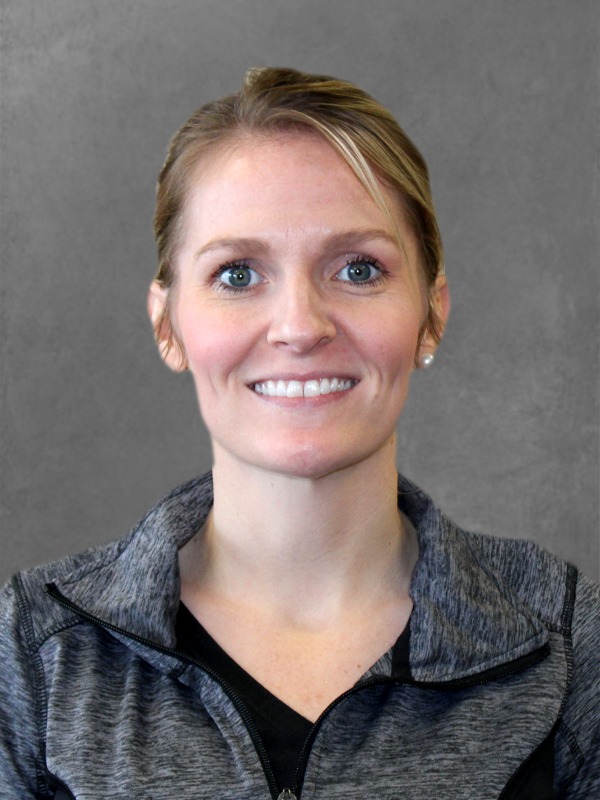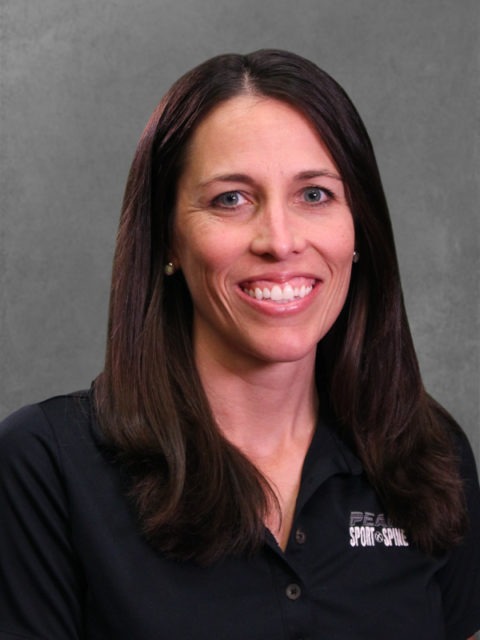

To build eccentric control, Attia practices rucking (walking or hiking with a weighted pack on your back) downhill, and slow step-ups, taking three seconds to control his descent. Per Attia, it’s where most people lose their touch with age. Eccentric strength is the ability to put on the brakes when walking downhill or down the stairs, for example. Concentric and eccentric loading-emphasizing the ability to both lift and lower weight with control.
#PEAK SPORT AND SPINE FULL#
“One of the standards we ask of our male patients is that they can carry half their body weight in each hand (so their full body weight in total) for at least one minute,” says Attia. Increase it with weighted carries, dead hangs, or pull-ups.

Attia pegs grip strength as a proxy for overall strength and robustness.
#PEAK SPORT AND SPINE UPDATE#
“The point of DNS is to retrain our bodies-and our brains-in the patterns of perfect movement we learned as little kids,” he says.ĭNS is like a software update for the basics: the ability to breathe correctly (which directly affects how you move), create intra-abdominal pressure (which is essential for stabilizing the spine), and control your fingers, toes, and spine. He opts for dynamic neuromuscular stabilization (DNS). There’s no one-size-fits-all approach to stability training because it’s about targeting your body’s individual areas of weakness, Attia notes. You’ll also reduce the risk of injury to your joints, especially your vulnerable spine. That control means once you add load to your strength workouts, you’ll be able to move better and lift heavier, faster (if that’s your goal).
#PEAK SPORT AND SPINE HOW TO#
Why? Stability is the secret sauce that allows you to create the most force in the safest manner possible.īy slowing down to focus on stability, you’ll learn how to control your body. You need to be aerobically fit enough to go far at slow speeds and anaerobically fit enough to go not so far at fast speeds strong enough to carry groceries, kids, a suitcase, or laundry and have the stability to avoid falling (or be strong enough to brush it off when you do).Īttia argues strength is important, but stability training should come first (like, six months of it before ever picking up a weight). That said, Attia argues the methods needed to train for life can be broken down into four key pillars: Stability, strength, aerobic efficiency, and anaerobic performance. For example, maybe you don’t care if you can hike a mile and a half, but you want to be able to play tennis. Consider what you want to be able to do, and what you’re willing to give up. Climb four flights of stairs in three minutesĪttia’s clear that the items on his list are personal, and yours should be, too.Balance on one leg for thirty seconds, eyes open (bonus points: eyes closed, fifteen seconds).Lift a twenty-pound suitcase into the overhead compartment of a plane.Carry two five-pound bags of groceries for five blocks.Get up off the floor under your own power, using a maximum of one arm for support.In his book, Outlive, he encourages you to consider the ten most important physical tasks you want to be able to do for the rest of your life and then train to do those things-a concept he’s coined the “Centenarian Decathlon.”Īttia’s list is fifteen items long and includes being able to hop over a three-foot fence, and pull himself up and over the edge of a pool. In order to become, as Attia puts it, a “kick-ass 100-year-old,” you have to train as if you’ll actually get there.


 0 kommentar(er)
0 kommentar(er)
